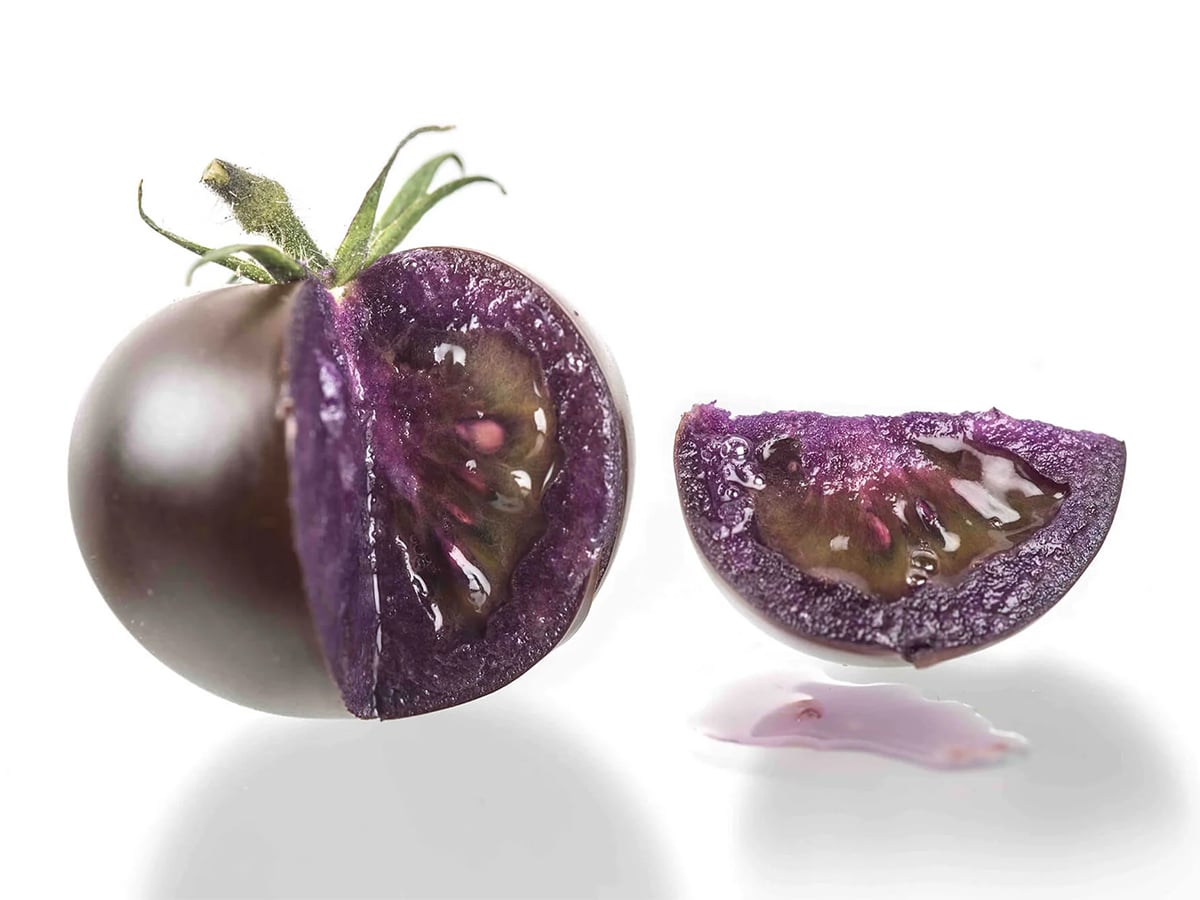Fertilizer company Agrium posted a record fourth quarter and record overall year in 2007, heading into an “outstanding” outlook for 2008 as tight supply and demand conditions continue for ag nutrients.
The Calgary-based firm — now looking to become North America’s largest retailer of crop inputs and services through a $39 per share, $2.65 billion all-cash bid for U.S. ag retail firm UAP — posted net earnings of $441 million on sales of $5.27 billion in 2007, up from $33 million on $4.19 billion in 2006 (all figures US$).
Agrium’s fourth quarter ending Dec. 31 saw net earnings of $172 million on $1.43 billion in sales, up from a $62 million net loss on $899 million in sales in the year-earlier period.
Read Also

Selling GMO tomato seeds to Canadian gardeners ‘reckless’ say advocates
Selling genetically-modified purple tomato seeds to home gardeners could raise the risk of contamination of organic vegetable varieties and hamper farmers’ ability to save their own seed, say a group of advocates.
Looking ahead, the company said, “prices for virtually all major row crops are at record-high levels, providing growers with a strong incentive to optimize use of crop inputs.”
That, combined with “limited capacity additions for all three nutrients, is expected to result in the continuation of tight supply and demand conditions for global nutrient markets,” said Agrium CEO Mike Wilson in the company’s news release Wednesday.
Strong international demand for nitrogen in Agrium’s fourth quarter resulted in record global price levels for the period, the company said. Urea prices have declined slightly early in the first quarter of 2008 but demand for spring seeding in the Northern Hemisphere is expected to provide support in the coming months. India, in particular, is expected to surpass the U.S. as the world’s largest importer of urea in 2008, the company said in its outlook.
Potash prices have risen rapidly, as its producers are “limited” in their ability to increase short-term supplies to meet demand. North American potash inventories at the end of 2007 were 26 per cent below the five-year average, Agrium noted. Tight global phosphate supplies have supported “significant” price increases over the past few months.
That said, “many phosphate producers are facing significantly higher input costs in 2008 due to large increases in the prices of sulphur, phosphate rock and ammonia, particularly those producers that are not fully integrated,” Agrium said.
Furthermore, bulk ocean freight rates have dropped as much as 25 per cent since the start of 2008, Agrium said. For importers, this means some price increases that took place in nutrients will be offset by lower ocean freight, which in turn would be expected to support demand.














